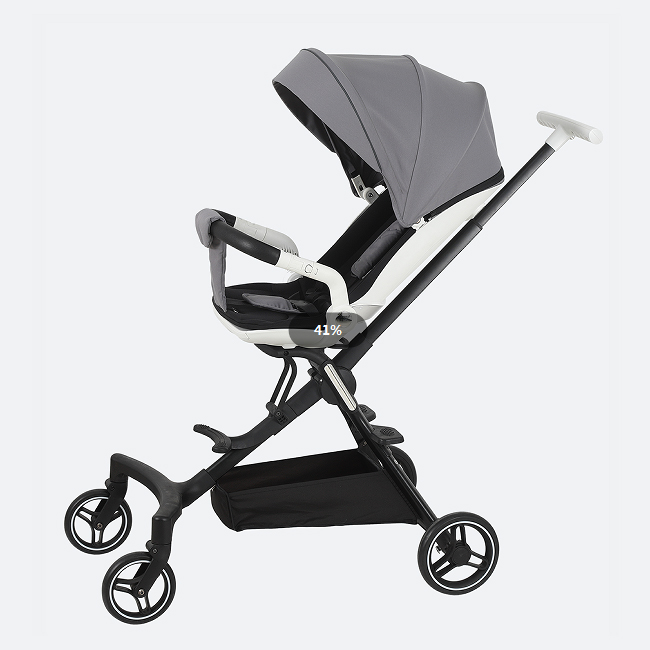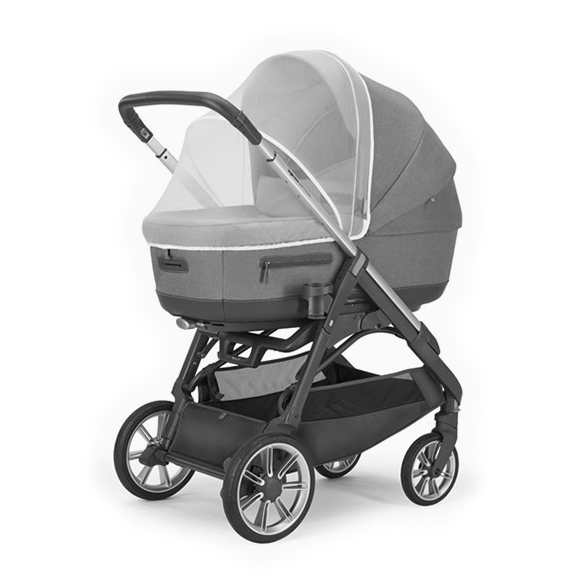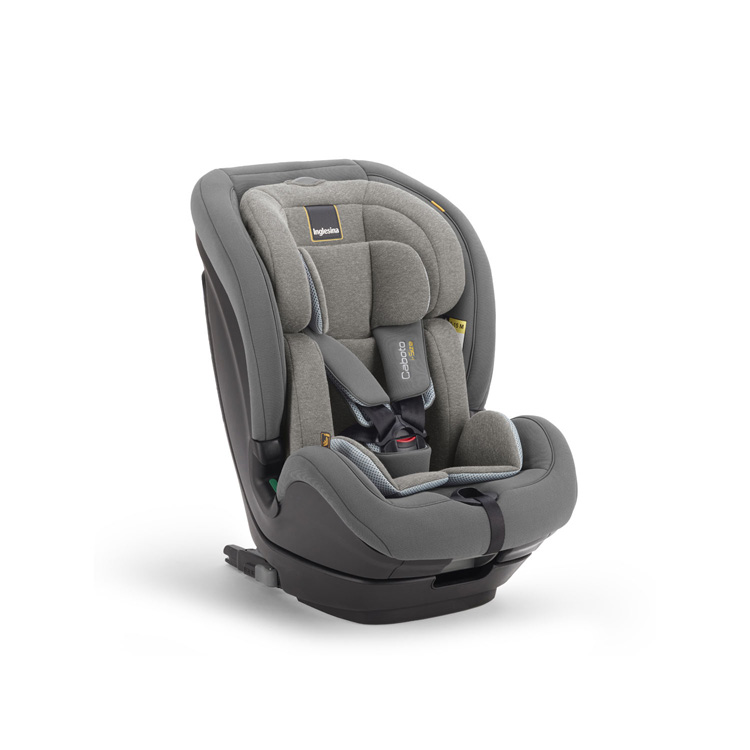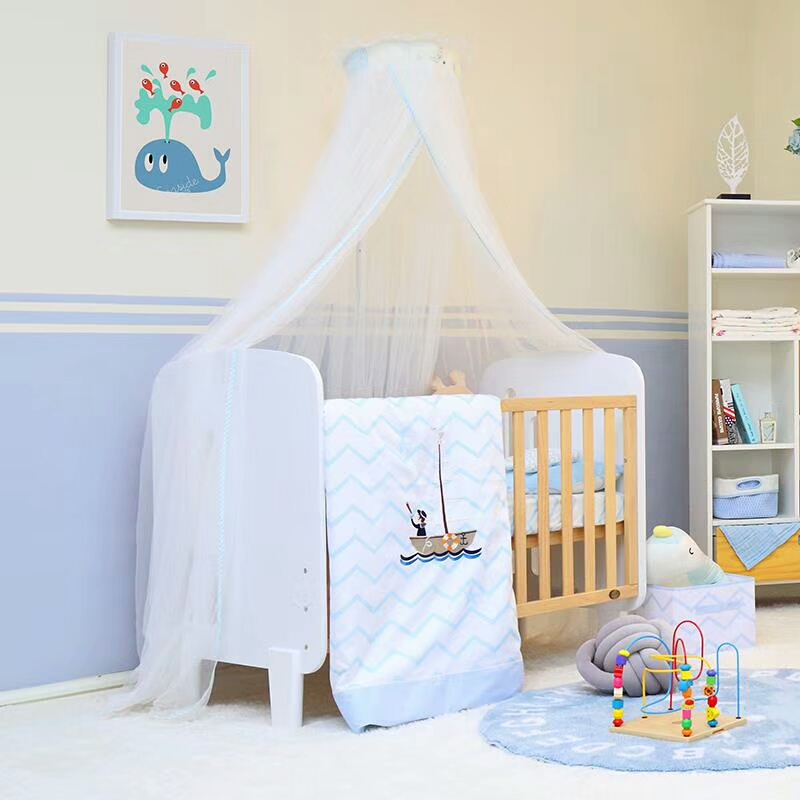Winter Baby Sleep Sack Guide: Scientific Warmth and SIDS Prevention
Do You Need a Blanket with a Sleep Sack in Winter? Debunking Warmth Myths
(1) Core Function of Sleep Sacks: A Safer Alternative to Traditional Blankets
Traditional swaddling blankets pose two major risks: babies kicking them off and catching a cold, or blankets covering the face and causing suffocation. According to the AAP's 2022 Safe Infant Sleep Guide, sleep sacks with "full-body wrap + split-leg design" offer three key advantages: maintaining constant body temperature, reducing startle reflex, and preventing limb entanglement. When room temperature is controlled between the recommended 18-22°C, a qualified sleep sack can fully replace blankets—no extra covering is needed.
(2) Dressing Plans for Different Room Temperatures
| Environment Temperature | Sleep Sack Thickness (TOG Value) | Additional Warmth Measures |
| 16-18℃ | 2.5-3.0 TOG | Pair with 100% cotton onesie; no extra blankets |
| 18-22℃ | 1.0-2.5 TOG | Wear sleep sack alone; leave two-finger space at the neck |
| Above 22℃ | 0.5-1.0 TOG | Use gauze sleep sack; optional thin muslin wrap |
Pro Tip: If using heaters/floor heating causes temperature fluctuations, place a digital thermometer-hygrometer beside the crib and monitor every 2 hours.
Core of SIDS Prevention: Avoid Overheating and Optimize Sleep Environment
(1) Scientific Definition of Overheating Risk
CDC research shows that when an infant's core temperature exceeds 37.5°C, the SIDS risk increases 3.2 times. The golden standard for checking overheating is the "nape test": if the skin at the back of the neck feels damp or sweaty, the baby is too warm. Sleep sack selection should follow the "thinner upper, thicker lower" principle: single-layer breathable fabric for the torso, and denser knitted fabric for the legs.
(2) Three Essentials for a Safe Sleep Environment
Sleep Position: Always place babies on their backs. National Sleep Foundation data shows back-sleeping reduces SIDS risk by 57%.
Sleep Space: Use ASTM-certified cribs with mattress-rail gaps <2.5cm. Keep cribs free of stuffed toys and pillows.
Sleep Products: Choose cordless, decoration-free sleep sacks with anti-pinch zipper protectors and 5cm foot space.
(3) Nighttime Temperature Regulation Tips
Adopt the "gradual cooling method": turn off heating 1 hour before bedtime to let temperature drop 1-2°C naturally; use a space heater 1.5m away from the crib during diaper changes; activate floor heating 10 minutes before morning wake-up to avoid temperature shocks.
Sleep Sack Fabric Comparison: Cotton, Bamboo-Cotton, and Thermoregulating Fabrics
(1) 100% Cotton: Classic Choice with Pros and Cons
Advantages: Natural fibers with 8-10% moisture absorption; 30% improved warmth after brushing; pH 5.5 matches baby's skin acidity.
Disadvantages: 40% strength loss when wet; reduced fluffiness after frequent washing. Opt for combed cotton (fiber length >31mm).
Best For: Breastfed babies (high sweat absorption) and allergic infants (Oeko-Tex certified organic cotton preferred).
(2) Bamboo-Cotton Blend: Emerging Eco-Friendly Fabric Analysis
Key Benefits: Bamboo fibers contain natural antibacterial "bamboo kun," inhibiting 96% of E. coli; 23% more breathable than cotton.
Usage Notes: Ideal blend ratio 60:40 (bamboo:cotton); pure bamboo fibers cause static—use anti-static spray in winter.
Season Suitability: Wet-cold winters (12% moisture retention vs. cotton's 8%); choose plain weave for durability.
(3) Thermoregulating Fabric: Guide to Technical Fabrics
Working Principle: Uses Outlast phase-change materials to maintain skin temperature at 36.5±0.5°C by absorbing/releasing heat.
Performance Comparison: Hohenstein Lab testing shows 2.8x better temperature control than cotton in fluctuating environments.
Buying Tips: Look for Bluesign® certification; avoid harmful coatings; pair with cotton inner layer for comfort.
(4) Fabric Selection Decision Tree
Practical Guide: From Selection to Use
(1) Size Calculation Formula
Sleep sack length (cm) = Baby's height (cm) + 10cm (growth allowance). Prepare sizes S (0-6M), M (6-12M), L (12-18M) to prevent slipping into head space.
(2) Washing and Maintenance Tips
Pre-wash with baby-safe detergent in cold water for 30 minutes before first use. Machine wash on "delicate/wool" cycle; air dry in shade (bamboo-cotton loses 50% antibacterial performance after 2+ hours of sunlight).
(3) Special Scenario Solutions
Premature babies: Choose detachable-cuff split-leg sleep sacks for medical access.
Twins: Use different color zippers for identification.
Night nursing: Select sleep sacks with hidden feeding openings (ensure anti-pinch design at openings).
Conclusion
Using baby sleep sacks scientifically is more than just keeping warm—it reflects modern parenting concepts. Parents should prioritize "environment temperature over layering," creating a safe and comfortable sleep environment through precise temperature/humidity management, scientific fabric selection, and proper usage. Remember: a dry nape, correct sleep position, and well-fitted sleep sack indicate optimal sleep. Let's protect every sweet dream with rational parenting, ensuring warmth and safety this winter.







